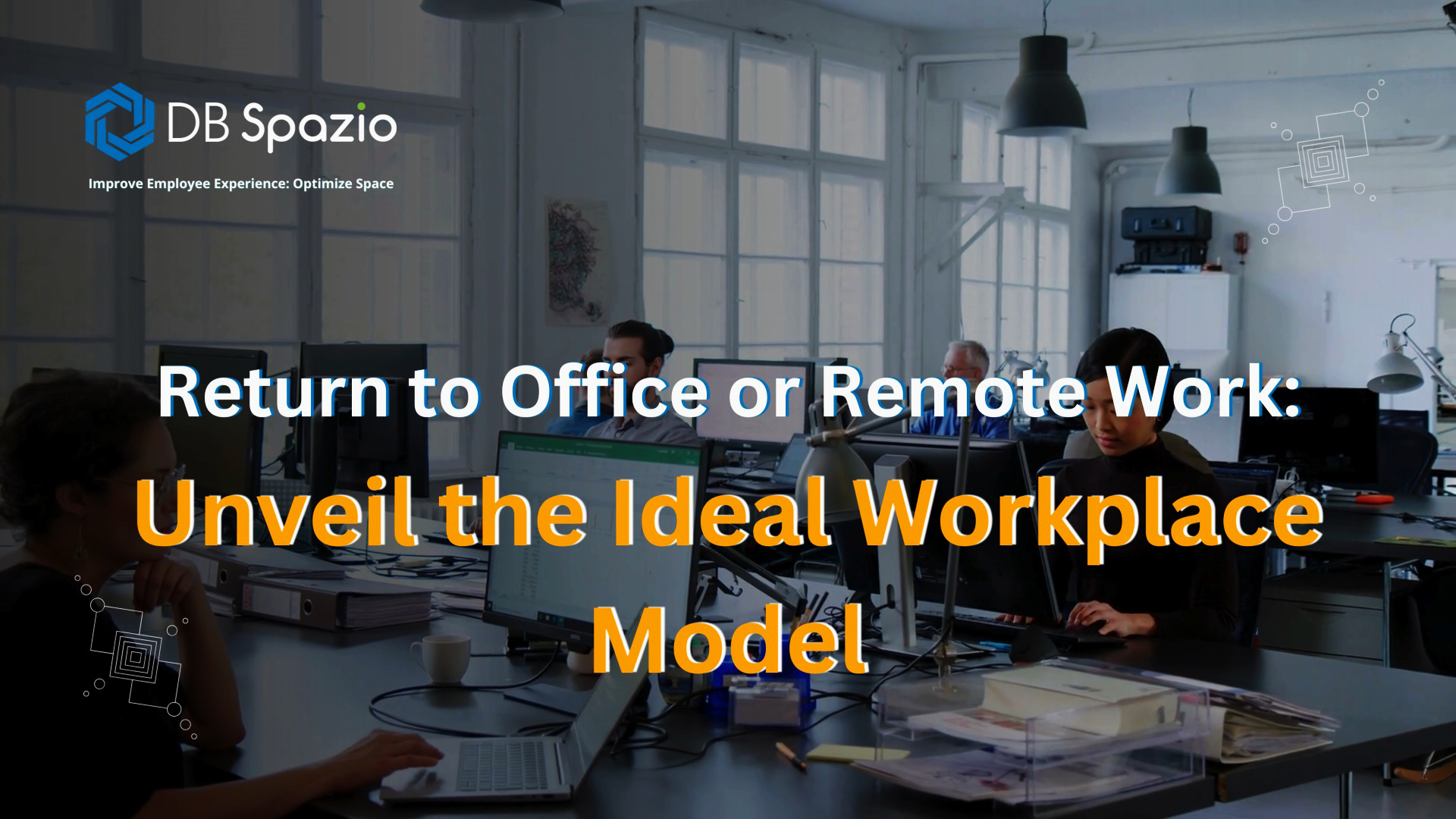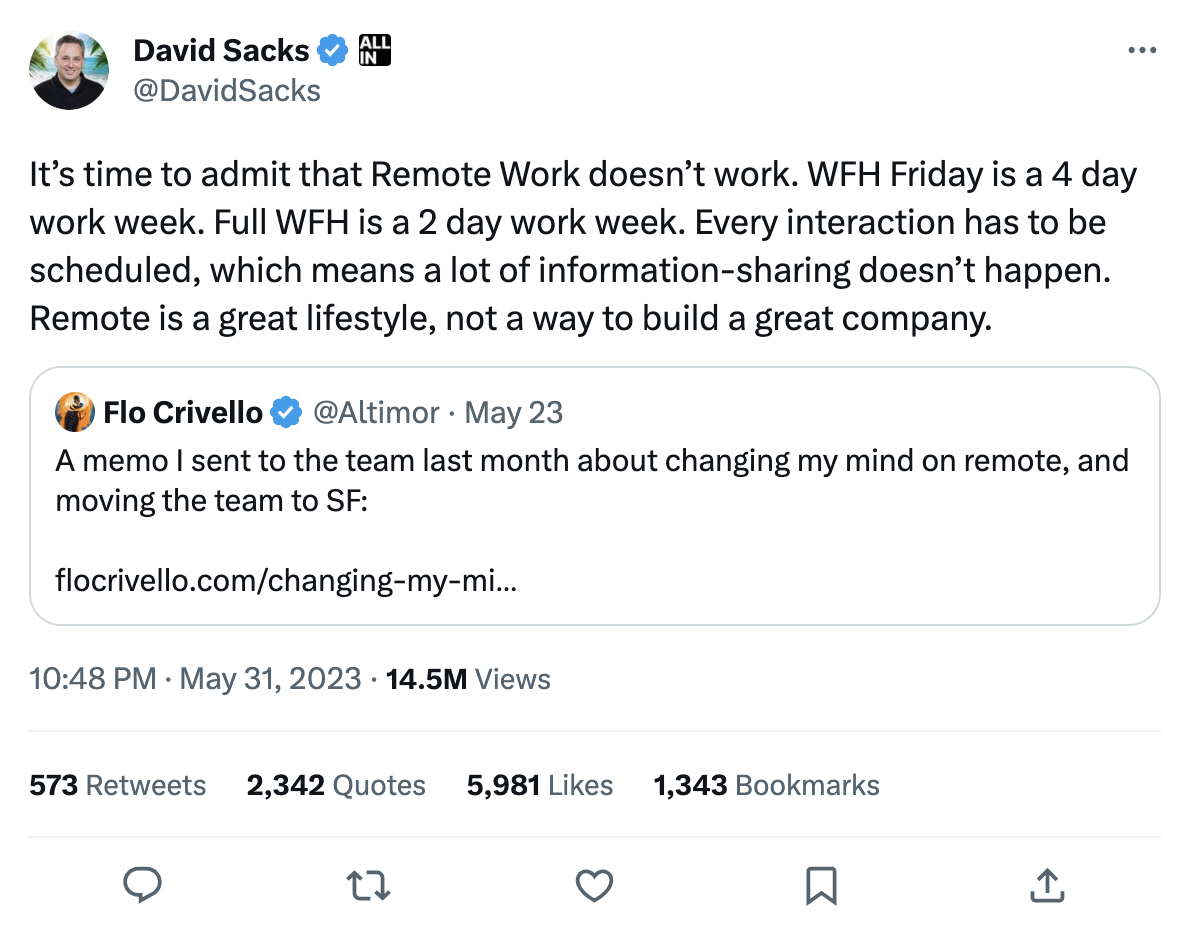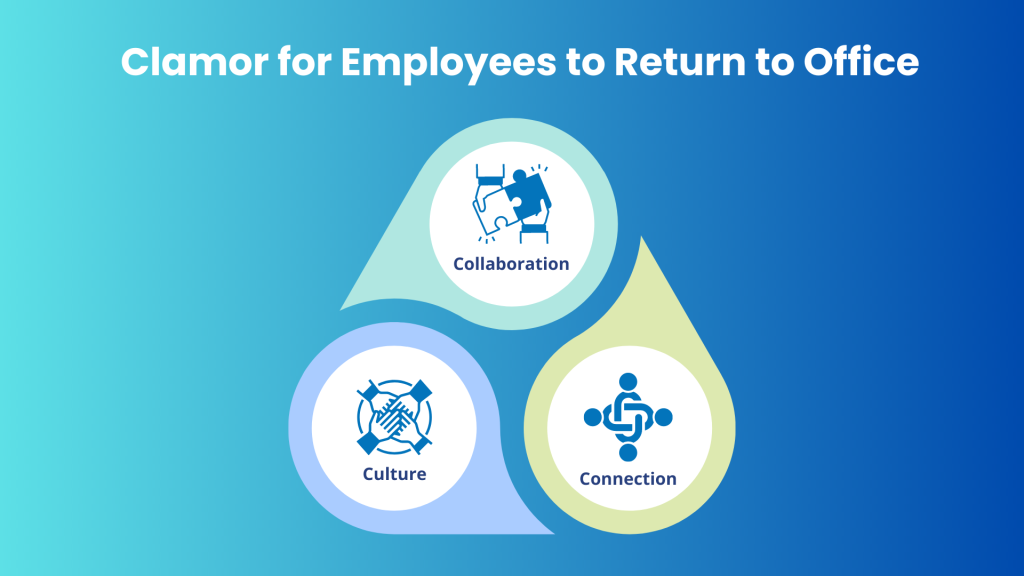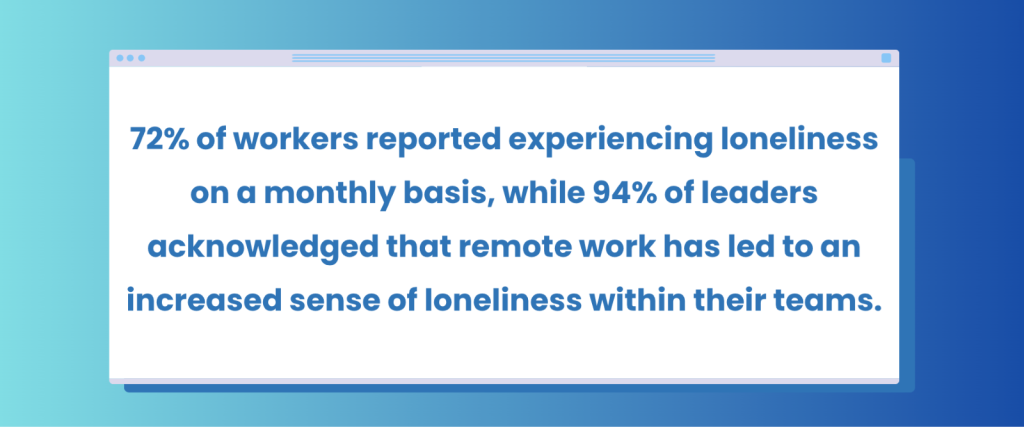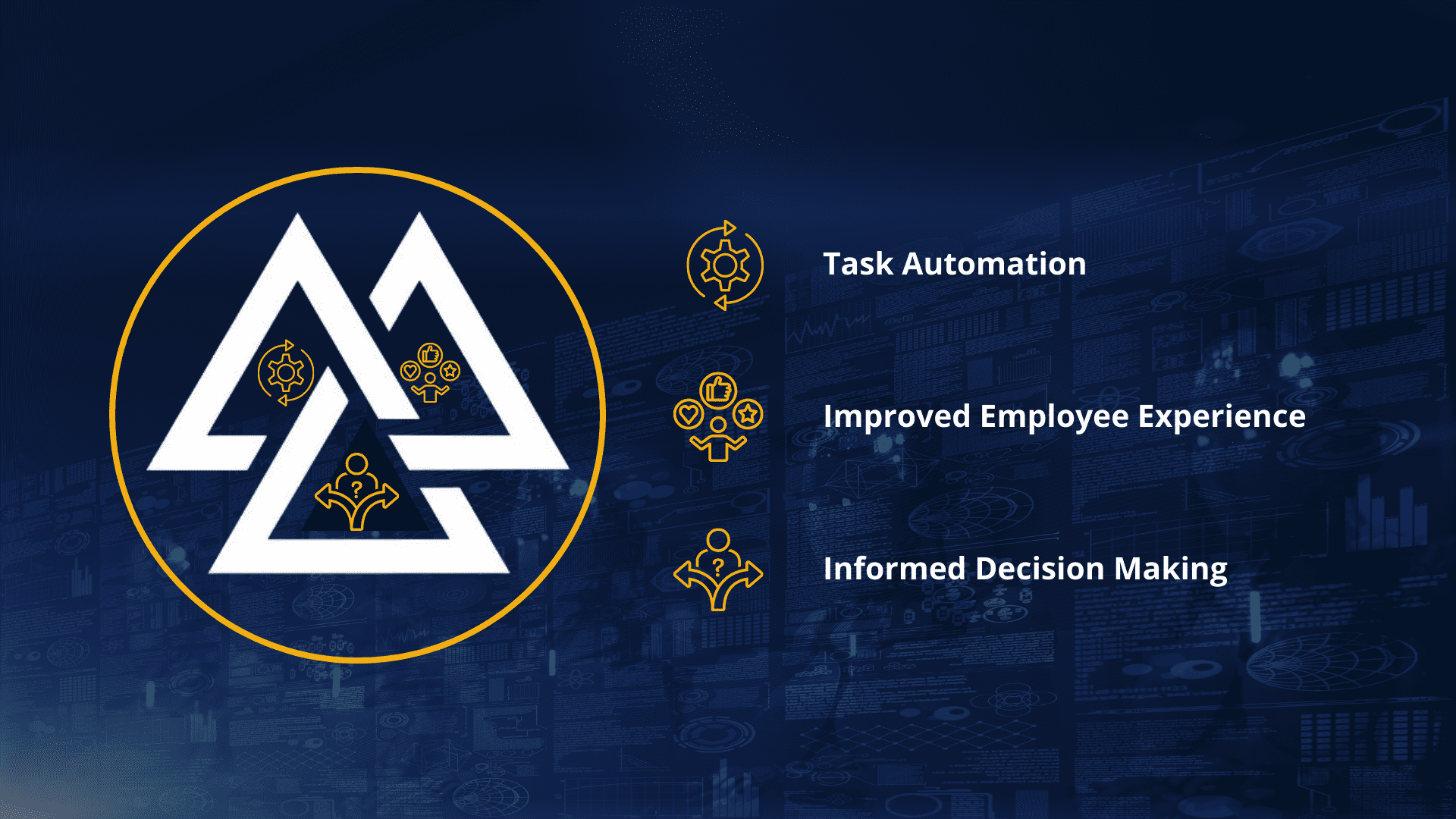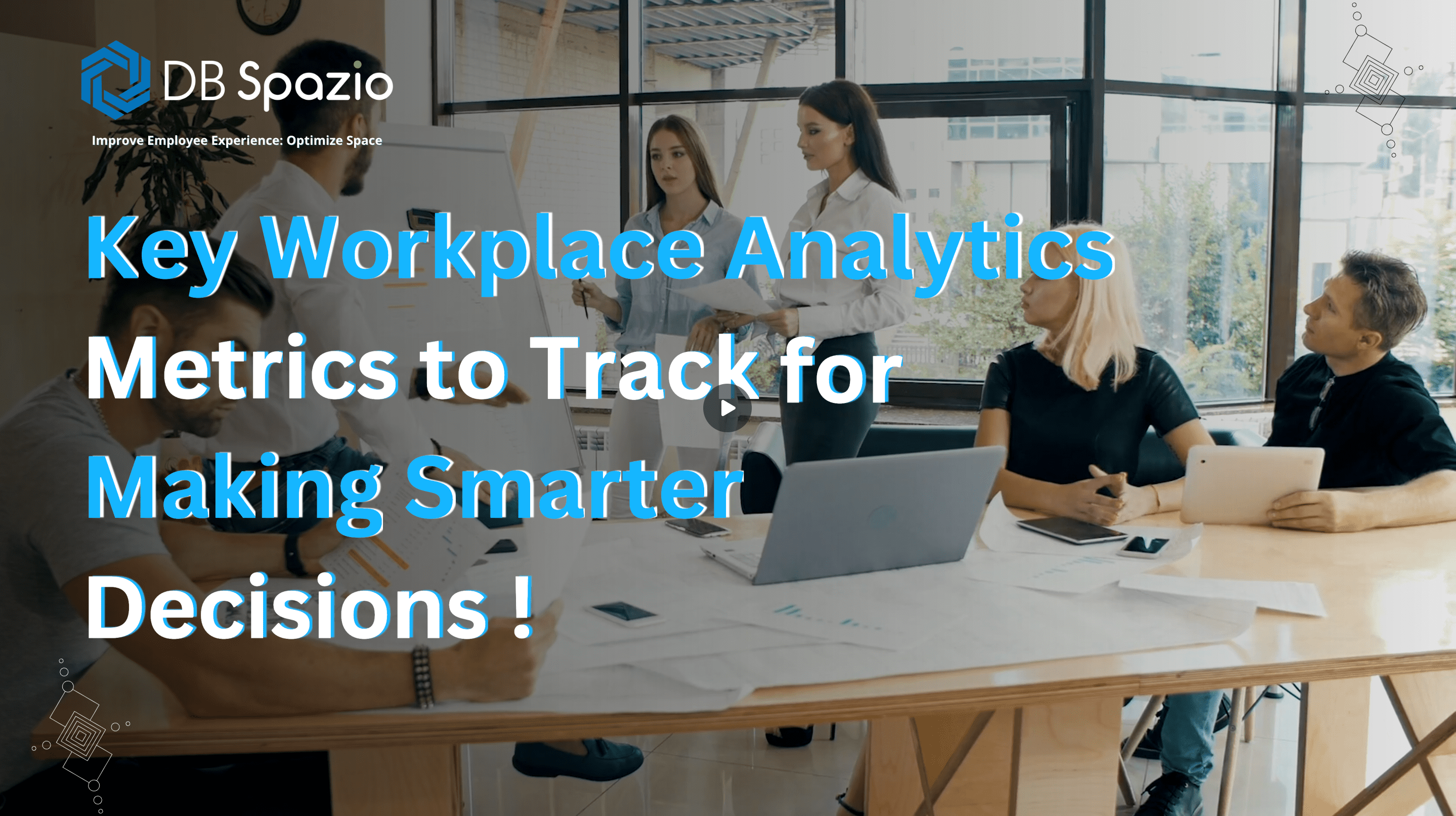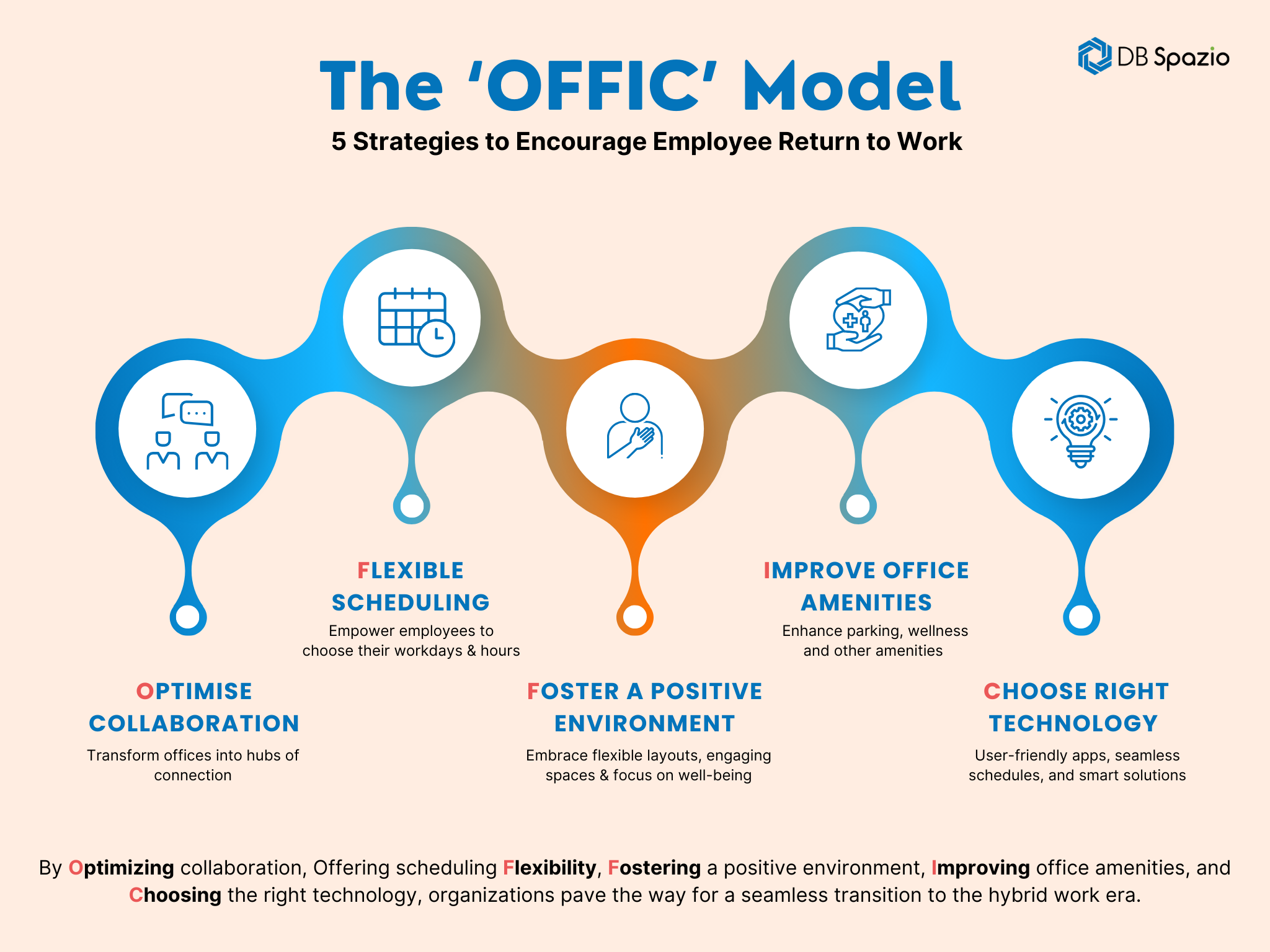In the ever-evolving landscape of the modern workplace, hybrid work model has emerged as a powerful solution, blending the best of both worlds – remote flexibility and in-person collaboration. As organizations embrace this paradigm shift, the million-dollar question remains: Which Hybrid Work Model is right for my company and what technology do we need? Fear not, as we delve into the realm of hybrid work paradigms, exploring their unique pros and cons to unearth the ideal match for your organization!
Deciding on the most suitable hybrid model for your business demands a keen understanding of your industry’s unique needs and work processes. Read the full blog to equip yourself with insights that will lead your business towards unparalleled productivity, improved workplace utilization, and a harmonious work-life blend.
| Contents of the article – Different Hybrid Work Models with their Pros and Cons |
|---|
| 1. Fixed Hybrid Work |
| 2. Flexi Hybrid Work |
| 3. Reverse Week Hybrid |
| 4. Office-first Hybrid |
| 5. Remote-first Hybrid |
| 6. Rotation Model for Hybrid Work |
| 7. Core-Hours Hybrid Model |
| 8. Hub-and-Spoke Model for Hybrid Work |
| 9. Technology Mapping for different types of Hybrid Work Model |
Different types of Hybrid Work Model
01 Fixed Hybrid Work
The fixed hybrid work model establishes predetermined and fixed remote and in-office workdays. Employees follow a consistent schedule with designated office and remote days, such as working in the office on Mondays, Wednesdays, and Fridays, and remotely on Tuesdays and Thursdays. This approach offers clear structure and predictability for employees and the organization.
Pros of the Fixed Hybrid Work Model:
- Predictable Schedule for better work-life balance
- In-Person Collaboration enhances teamwork and creativity
- Commuting Benefits save time and expense
Cons of the Fixed Hybrid Work Model:
- Limited Flexibility for occasional personal needs or emergencies
- Minimal workplace optimization opportunities due to rigid schedules
- Talent Pool Constraints limit access to non-local candidates
The fixed model of hybrid working is most suitable for companies that heavily rely on in-person collaboration, such as creative agencies, research and development firms, educational institutions, manufacturing companies, startups, architectural and engineering firms. It benefits industries where teamwork and face-to-face interactions are crucial to work processes.
02 Flexi Hybrid Work
The flexible hybrid work model emphasizes autonomy and allows employees to choose their work location and schedule within certain organization-set parameters. It combines remote and in-office work, offering flexibility based on personal preferences, work requirements, and task nature. Employees can set their work hours within agreed-upon core hours, aligning work with personal commitments, maximizing productivity. Clear communication, well-defined expectations, and collaboration tools are crucial for implementing this model effectively.
Pros of the Flexi Hybrid Work:
- Enhanced Work-Life Balance & Employee Satisfaction
- Access to a Diverse Talent Pool
- Cost Savings for the company
Cons of the Flexi Hybrid Work:
- Communication Challenges & Managerial Complexity
- Day to day space forecasting and planning challenges
- Reduced Team Cohesion
The flexible model of hybrid working is suitable for companies that prioritize autonomy and work-life balance. Examples: Tech startups, digital marketing agencies, IT services providers, e-commerce companies, professional services firms, and remote-first companies. It fits businesses where remote work complements operations and attracts talent seeking flexibility.
03 Reverse Week Hybrid Model
The reverse week hybrid work model involves employees working remotely for most of the week and coming to the office only for a limited number of days, typically towards the week’s end. It offers extended periods of uninterrupted focus while working remotely from Monday through Wednesday or Monday through Thursday, followed by in-person collaboration and team meetings on Thursday or Friday. This model reverses the traditional work week structure and provides flexibility based on the organization’s needs and preferences.
Pros of the Reverse Week Hybrid Model:
- Concentrated Focus with uninterrupted remote workdays
- Reduced Commuting Frequency for better work-life balance
- Improved productivity by bringing employees to work on Fridays
Cons of the Reverse Week Hybrid Model:
- Lack of flexibility for employees to plan their office visits
- In-office Friday attendance may lead to some employee dissatisfaction
- Minimal workplace optimization opportunities due to rigid schedules
The reverse week hybrid work is suitable for companies that need concentrated focus on projects. Examples: Software development, research, content creation, financial services, consulting, and project-based organizations. It works for industries adaptable to alternating weeks of in-person and remote work.
04 Office-first Hybrid
The office-first hybrid work model prioritizes the physical office as the primary work location with limited remote work flexibility. Employees mainly work from the office but can have occasional remote work for specific tasks or personal commitments. Focus is on face-to-face collaboration and in-person interactions that enhances teamwork and spontaneous creativity, while Remote work is granted on an exception basis.
Pros of the Office-first Hybrid:
- Strong In-Person Collaboration and easier problem solving
- Team Cohesion and Company Culture
- Enhanced Security and Data Control
Cons of the Office-first Hybrid:
- Limited Remote Work Flexibility leading to employee dissatisfaction
- Commuting Constraints for Employees
- Potential Talent Acquisition and Retention Challenges
- Higher Office-Related Costs
The office-first hybrid work model is most suitable for companies that highly value in-person collaboration, have work processes that require frequent face-to-face interactions and client demands related to security protocols. It fits industries where teamwork, creativity, and problem-solving benefit from physical presence. Examples include BPOs, architecture and design firms, scientific research institutions, healthcare facilities, manufacturing companies, and hospitality businesses. These organizations prioritize office-based work to foster team cohesion, maintain a strong company culture, and address tasks that demand on-site resources and equipment.
05 Remote-first Hybrid Model
The remote-first hybrid work model makes remote work the default mode, with occasional in-person work or meetings. Operations and workflows prioritize remote work, using the physical office as a supplementary space. In-person interactions are scheduled when necessary or advantageous, focusing on team meetings, collaborations, and social events for team bonding. The model emphasizes outcomes and results, evaluating employees based on performance and productivity rather than physical location.
Pros of the Remote-first Hybrid Working:
- Increased Flexibility and Autonomy leading to higher Employee satisfaction
- Access to a Global Talent Pool
- Cost Savings on Office Space and Facilities
- Reduced Commuting Stress and Expenses
Cons of the Remote-first Hybrid Working:
- Potential Communication and Collaboration Challenges
- Difficulty in Maintaining Company Culture and Team Cohesion
- It may lead to employee loneliness issues over a longer term
The remote-first hybrid model of working suits companies prioritizing flexibility, global talent access, and remote-friendly processes. Examples: software development firms, tech startups, digital marketing agencies, content creation companies, and customer support services. Remote work attracts diverse talent, cuts office costs, and enhances productivity through virtual collaboration tools.
06 Rotation Model for Hybrid Work
The rotation model for hybrid work alternates between remote and office work on a scheduled basis. Teams or individuals follow a predefined rotation schedule, ensuring a balance between in-person collaboration and remote flexibility. This approach maintains a consistent physical presence, facilitating face-to-face interaction and teamwork. Employees are assigned specific office and remote days, and the schedule rotates consistently to distribute in-office time fairly among team members.
Pros of the Rotation Model for Hybrid Work:
- Equitable In-Office Time Distribution
- Enhanced Team Collaboration and Bonding
- Optimized Office Space Requirements
- Improved Work-Life Balance for Employees
Cons of the Rotation Model for Hybrid Work:
- Potential Disruption to Workflows during Rotation Switches
- Complexity in Scheduling and Compliance Tracking
- Inability for employees to plan for spontaneous collaboration
The rotation model for hybrid work balances in-person collaboration with remote flexibility. It suits industries valuing team bonding and face-to-face interactions, while also enabling remote work. Examples include manufacturing companies with production line coordination needs, architecture and engineering firms requiring collaborative design sessions, healthcare facilities for team huddles, and research institutions needing lab access on designated days. This model maintains cohesion while enjoying benefits like reduced office space and improved work-life balance.
07 Core-Hours Hybrid Model
The core hours model for hybrid work designates specific hours for collaboration, meetings, and synchronous work. Outside of these hours, employees have flexibility in their work location. Organizations establish agreed-upon core hours for real-time collaboration and communication. These hours facilitate efficient coordination, decision-making, and teamwork. Outside of core hours, employees can choose their work location based on personal preferences, task nature, and work-life balance needs.
Pros of the Core-Hours Model:
- Synchronized Collaboration during Specific Hours
- Improved Team Communication and Responsiveness
- Preserves In-Person Interaction for Core Hours
- Balanced Work-Life Integration with Flexibility
Cons of the Core-Hours Model:
- Potential Scheduling Conflicts for Employees in Different Time Zones
- Limited Flexibility during Core Hours
- Potential Workload and Coverage Challenges During Core Hours
The Core-Hours Model for hybrid work is most suitable for companies that require a balance between synchronous collaboration and individual flexibility. It fits industries where real-time communication and team coordination are crucial during specific hours, but where employees can also work independently outside those hours. Examples include customer service centers that need immediate support for clients, financial institutions conducting live trading activities, software development companies with daily stand-up meetings, and global organizations with teams spanning different time zones.
08 Hub-and-Spoke Model for Hybrid Work
The hub and spoke model for hybrid work establishes a central hub or office location for collaboration and in-person activities, while employees primarily work from remote spoke locations. Spokes can include home offices, co-working spaces, or other remote setups, offering employees flexibility and autonomy. This model combines in-person collaboration at the hub with remote work at the spokes, fostering face-to-face interactions and team bonding while providing the advantages of remote work.
Pros of the Hub and Spoke Model:
- Centralized Collaboration in Hub Offices
- Reduced Commuting Time, Costs & Loneliness for Employees
- Enhanced Regional Talent Attraction with Spoke Locations
- Improved Work-Life Balance for Remote Workers
Cons of the Hub and Spoke Model:
- Potential Disconnection between Hub and Spoke Teams
- Increased Need for Effective Communication and Coordination
- Potential Resource and Management Duplication
- Spoke Offices may have Limited Facilities and Support
The Hub and Spoke Model for Hybrid Work is most suitable for companies seeking a blend of centralized collaboration and regional accessibility. It fits industries where physical presence is necessary for some activities, but remote work options are also valuable. Examples include technology companies with main headquarters (hub) for core teams and regional offices (spokes) for sales and support, consulting firms with central offices for project coordination and remote locations for client servicing, and retail chains with central distribution hubs and regional stores.
What technology do companies need to manage Hybrid Work Models effectively
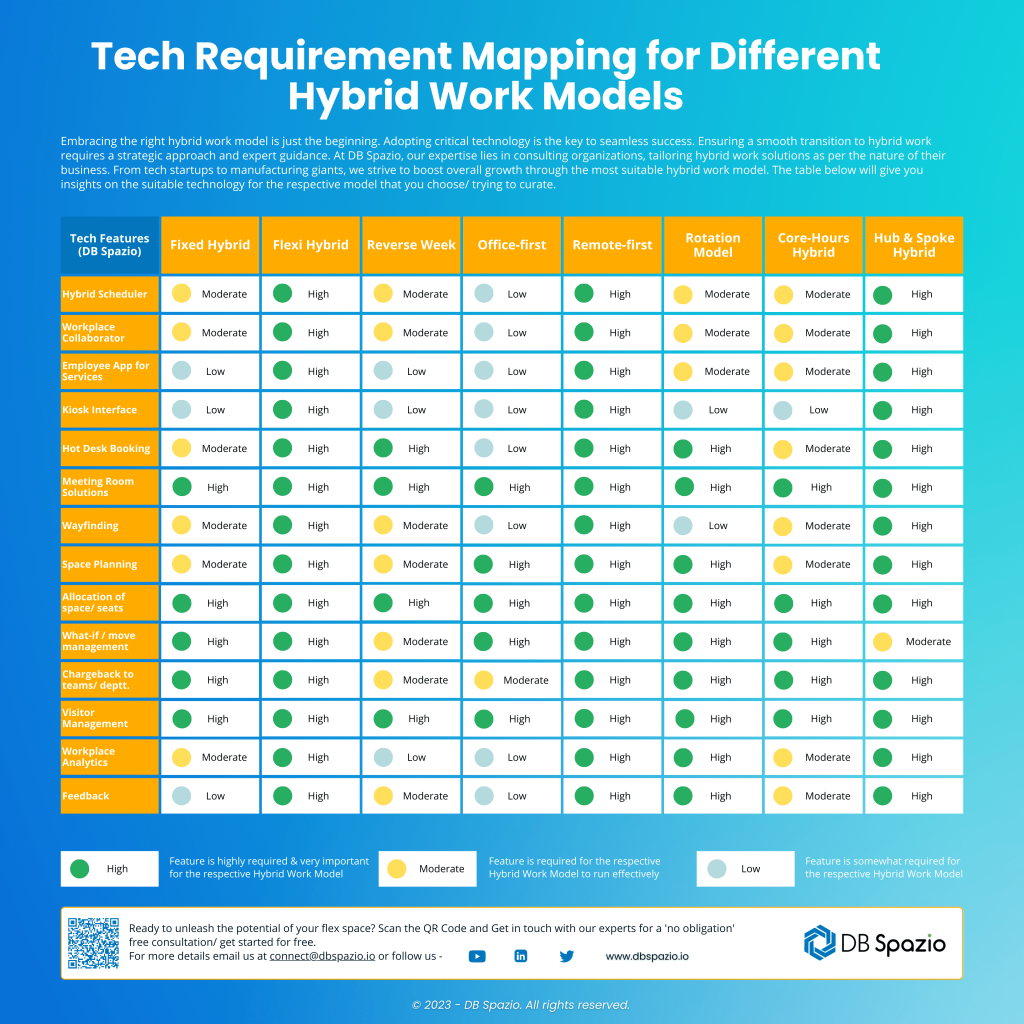
Download a pdf version of the infographics
Conclusion
As we explored the diverse hybrid work paradigms and their unique strengths, it becomes evident that one size doesn’t fit all. While we have provided 8 of the most popular hybrid models, we have also seen companies combining suitable features from each and creating their own model. Each organization must chart its own path to readiness for the future, selecting the hybrid work model that aligns with its specific nature and demands.
Embracing the right hybrid work model is just the beginning. Adopting critical technology is the key to seamless success. Ensuring a smooth transition to hybrid work requires a strategic approach and expert guidance. At DB Spazio, our expertise lies in consulting organizations, tailoring hybrid work solutions as per the nature of their business. From tech startups to manufacturing giants, we strive to boost overall growth through the most suitable hybrid work model.
Ready to unlock the potential of hybrid work for your company? Reach out to our experts, and together, let’s pave the way for a future of enhanced productivity, employee satisfaction, and transformative success!





